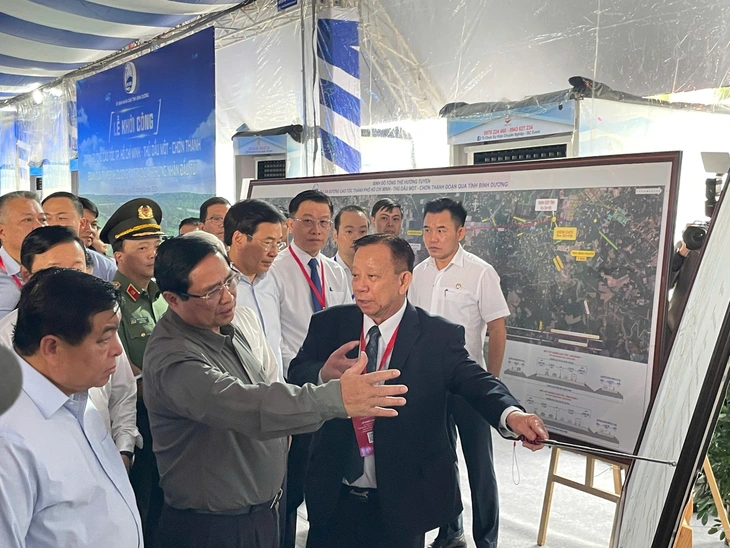
The traffic routes connecting provinces and cities will help connect economic spaces. In the photo, Prime Minister Pham Minh Chinh listens to investors' reports at the groundbreaking ceremony of the Ho Chi Minh City - Thu Dau Mot - Chon Thanh expressway on the morning of February 1 (the 4th day of Tet) - Photo: BS
Prime Minister Pham Minh Chinh recently had a working session with three provinces and cities: Ho Chi Minh City, Ba Ria - Vung Tau, Binh Duong, emphasizing the need for these localities to promote high but sustainable growth.
In particular, he noted the need to prepare well for the arrangement of administrative boundaries, thoroughly grasp the spirit of the revolution in organizational apparatus to create new development space, promote digitalization, cut administrative procedures, intermediate levels, and reduce costs for people and businesses.
The economic scale of the three provinces and cities accounts for nearly 24% of the country's GRDP.
In the Southeast economic region, the three provinces of Ho Chi Minh City, Ba Ria - Vung Tau, and Binh Duong are localities with quite good growth rates. Notably, the economic scale of these localities are all in the top 10 nationwide, with a large gap compared to many provinces and cities.
According to the General Statistics Office, the economic scale (GRDP) in 2024 at current value of the three above provinces and cities is 2.71 quadrillion VND, accounting for nearly 24% of the current total economic scale of 11.5 quadrillion VND (476.3 billion USD).
Ho Chi Minh City leads the country with 1.78 trillion VND; Binh Duong ranks third after Hanoi with 520,205 billion VND, and Ba Ria - Vung Tau has a scale of 417,306 billion VND. The above three localities are places where many vibrant economic activities, large-scale investment and production projects converge.
Ho Chi Minh City is leading the country in attracting FDI in 2024 with nearly 59 billion USD. Many projects are being implemented by the city such as the formation and development of financial centers, high-tech zones, innovation centers and especially infrastructure routes.
Including the Tan Son Nhat T3 terminal project, the 3rd ring road connecting Ho Chi Minh City, Dong Nai, Binh Duong, Long An; the Ho Chi Minh City - Moc Bai expressway; the Ho Chi Minh City - Thu Dau Mot - Chon Thanh route; the Ben Luc - Long Thanh expressway; or the expansion of Ho Chi Minh City's 2nd ring road to the Bien Hoa - Vung Tau expressway...
At the same time, Binh Duong also rose to second place in the country in attracting foreign capital. Typically, in 2024, this province attracted nearly 43 billion USD with many high-tech projects, logistics, industrial production, urban areas, infrastructure such as Lego, Ho Chi Minh City Ring Road 4, concentrated mechanical and information technology industrial parks, etc.
In addition, Ba Ria - Vung Tau is also a locality that is attracting many large projects to become a center for renewable energy, supply chains for offshore wind power industry, petrochemicals, liquefied gas, bio-industry, seaports, high-tech zones, tourism, etc.
Expanding container port clusters at Cai Mep, Bien Hoa - Vung Tau railway, upgrading Con Dao airport, projects in Long Son area, Ho Tram urban area, Long Son My Xuan general port...
Expand when the shirt is tight, connect infrastructure and value chain
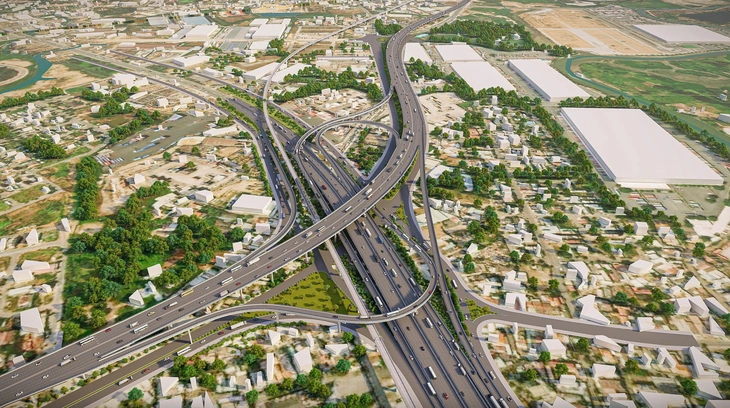
Perspective of Tan Van intersection on Ring Road 3, Ho Chi Minh City - Photo: TT
Speaking with Tuoi Tre Online , Dr. Nguyen Quoc Viet, Department of Public Policy, Faculty of Development Economics, University of Economics - Vietnam National University, Hanoi, said that these three localities, along with Dong Nai, are all the main growth drivers of the entire Southeast region.
Therefore, in the upcoming arrangement of provincial administrative units, it is necessary to pay attention to the arrangement of administrative space of a locality to converge and optimize the exploitation of economic, cultural and social advantages of provinces and cities in the region.
In particular, this arrangement needs to be based on promoting comparative advantages and linking value chains. The goal is to form growth centers and drivers that complement each other, instead of each center only exploiting its own advantages.
Especially when the value chain is expanded beyond the scope of a province/city, with the scale of production and consumer markets expanding, connecting spaces based on economic corridors, hard and soft infrastructure, traffic and logistics connections, and seaports is very important.
"If these localities have organic connections in the value chain, there should be certain connections in administrative boundaries, instead of focusing only on growth poles such as urban areas and industrial centers. From there, the provinces will promote comparative advantages and complement each other in the value chain and production chain of the whole region" - Dr. Viet said.
For example, Ho Chi Minh City and its neighboring provinces are all growth poles of the entire Southeast region. If combined with neighboring provinces such as Ba Ria - Vung Tau or Binh Duong, infrastructure connectivity and value chains will be key points to go beyond the existing economic space and unlock new resources.
In fact, these localities and the entire Southeast region are forming a transport infrastructure network with highways, railways, roads, seaports, airports, etc.
This is also a place with a vibrant economy with a diverse ecosystem of private and foreign enterprises, so the demand for value chain linkage is increasingly higher.
Therefore, Dr. Viet believes that without a sufficiently effective and efficient apparatus to mobilize, link and connect resources, it will be difficult to fully exploit the "huge" economic scale in localities that are considered growth poles with development potential, when the "shirt" that some places are wearing is too tight.


![[Photo] Prime Minister Pham Minh Chinh chairs meeting to remove difficulties for projects](https://vstatic.vietnam.vn/vietnam/resource/IMAGE/2025/3/30/7d354a396d4e4699adc2ccc0d44fbd4f)


![[Photo] Ministry of Defense sees off relief forces to the airport to Myanmar for mission](https://vstatic.vietnam.vn/vietnam/resource/IMAGE/2025/3/30/245629fab9d644fd909ecd67f1749123)





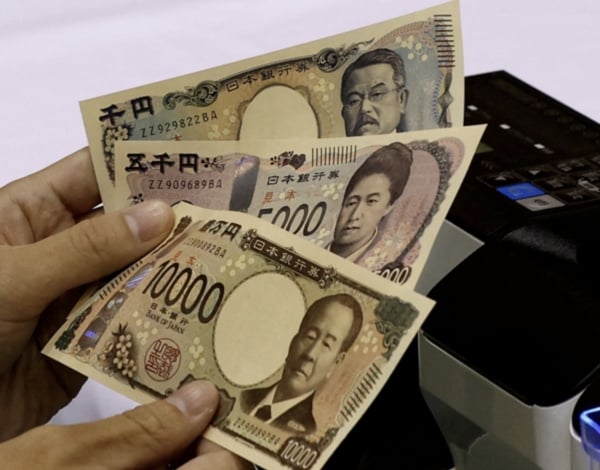
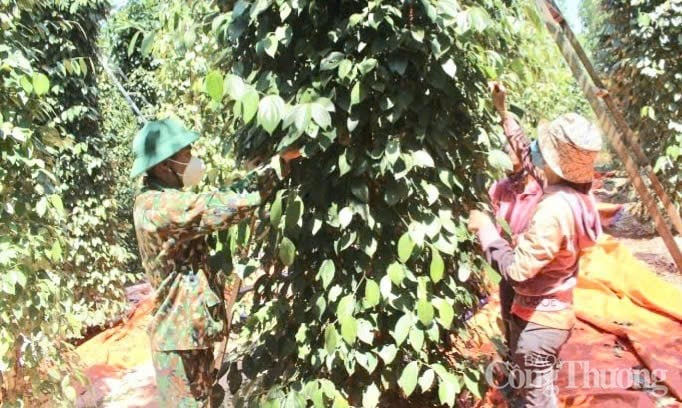
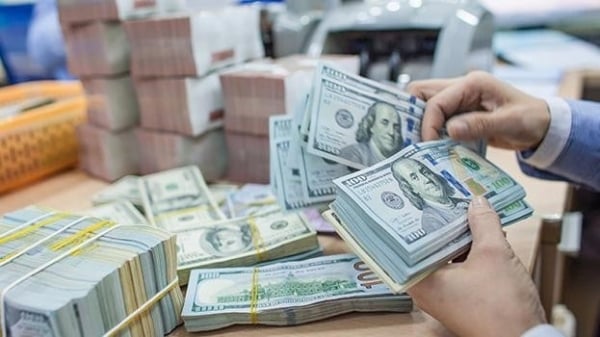









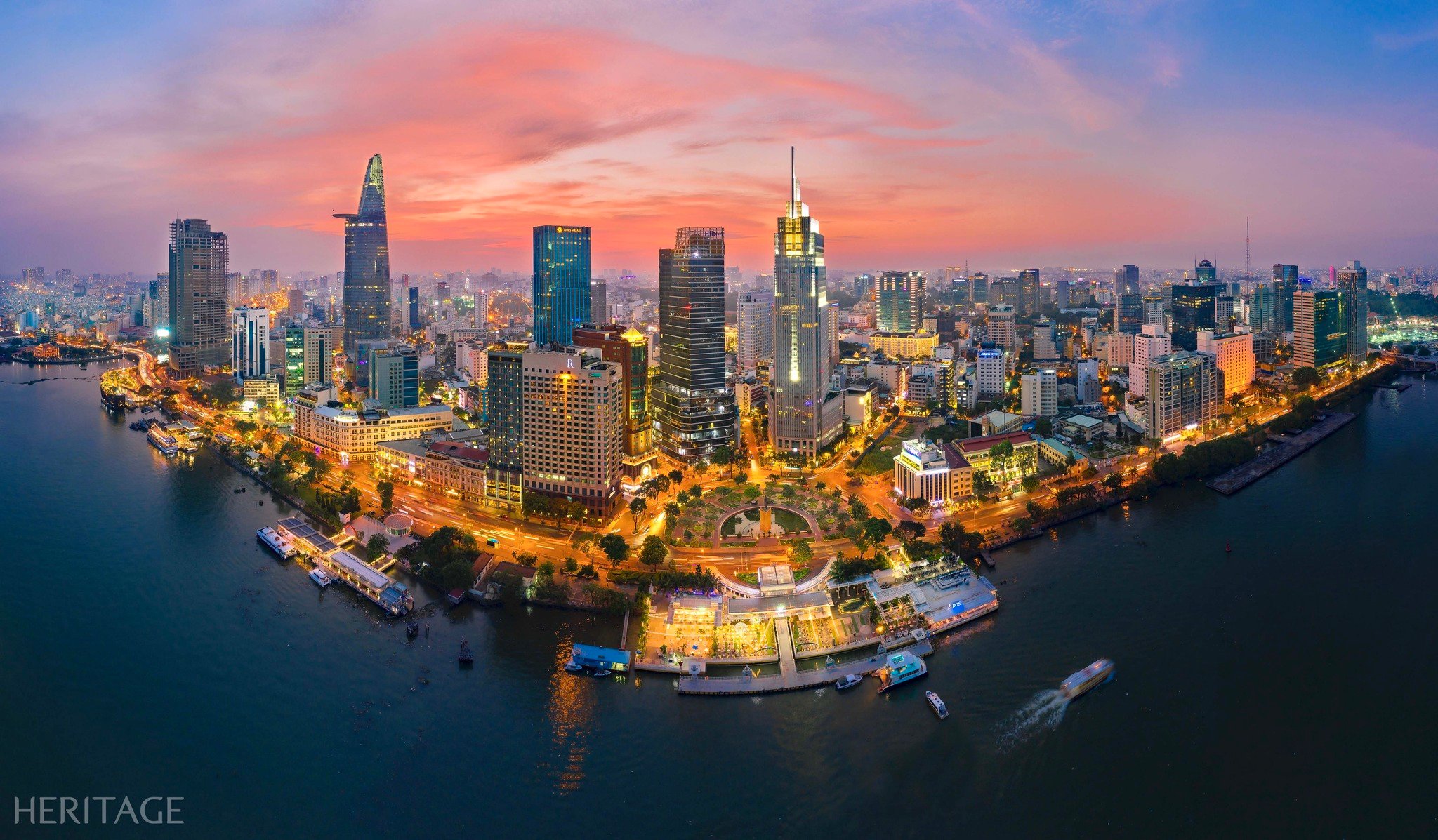
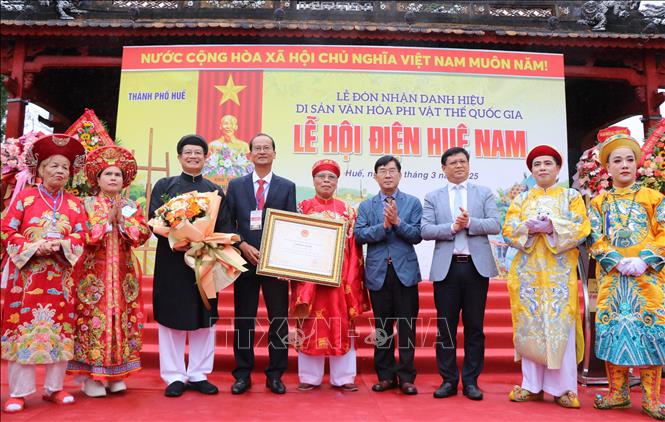

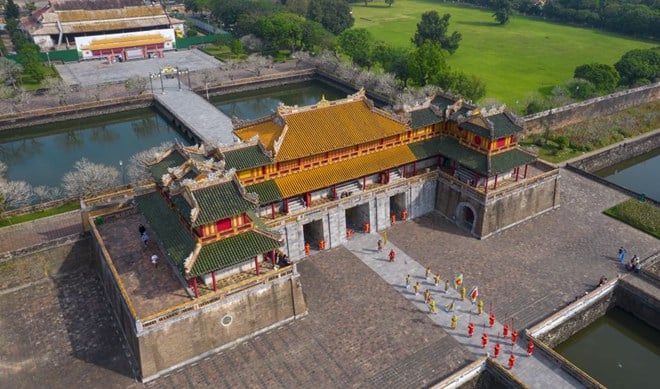







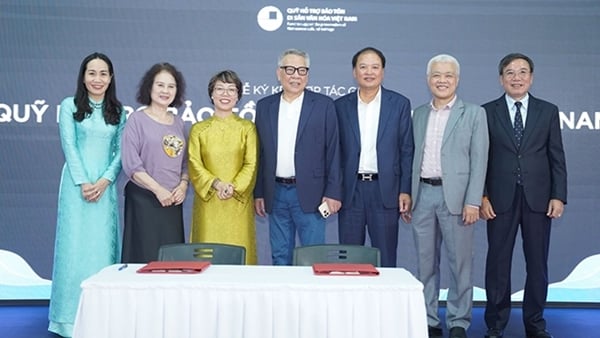
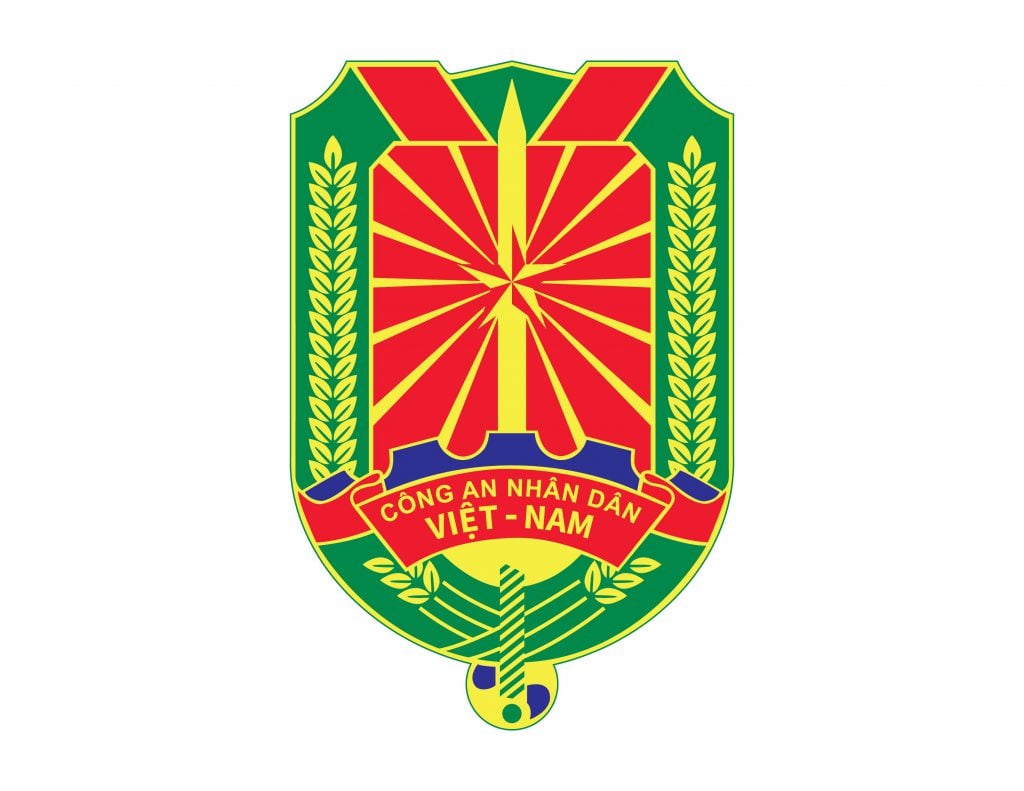
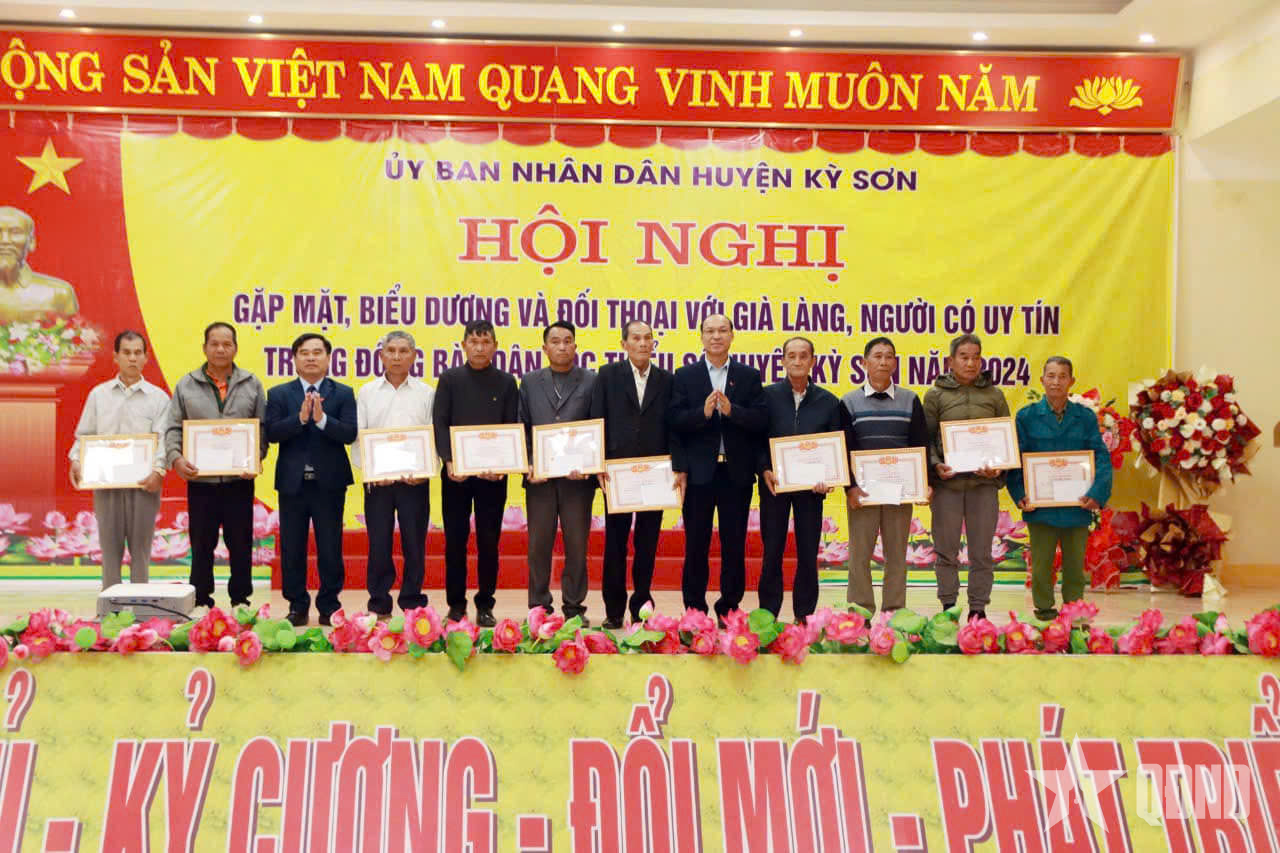


















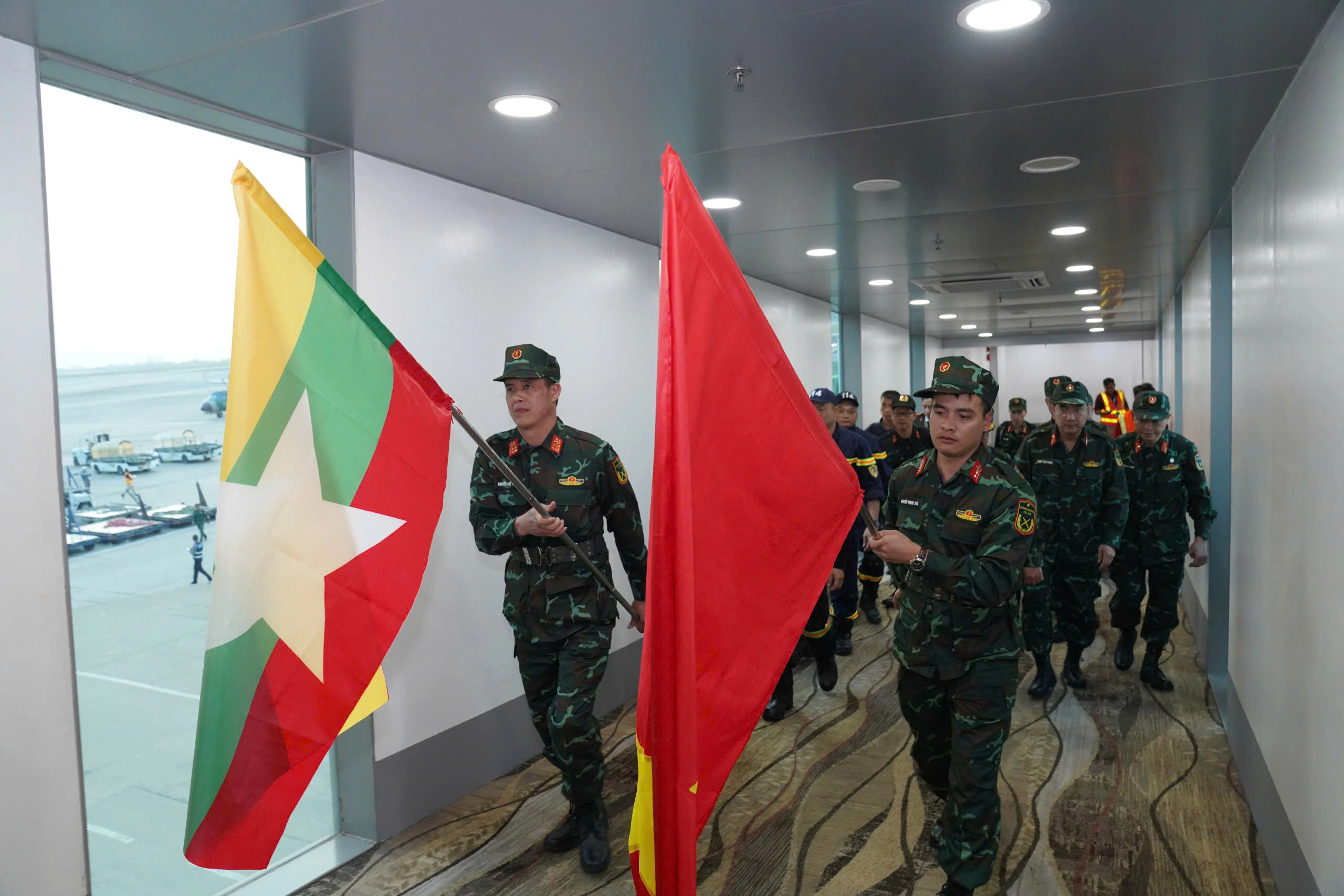



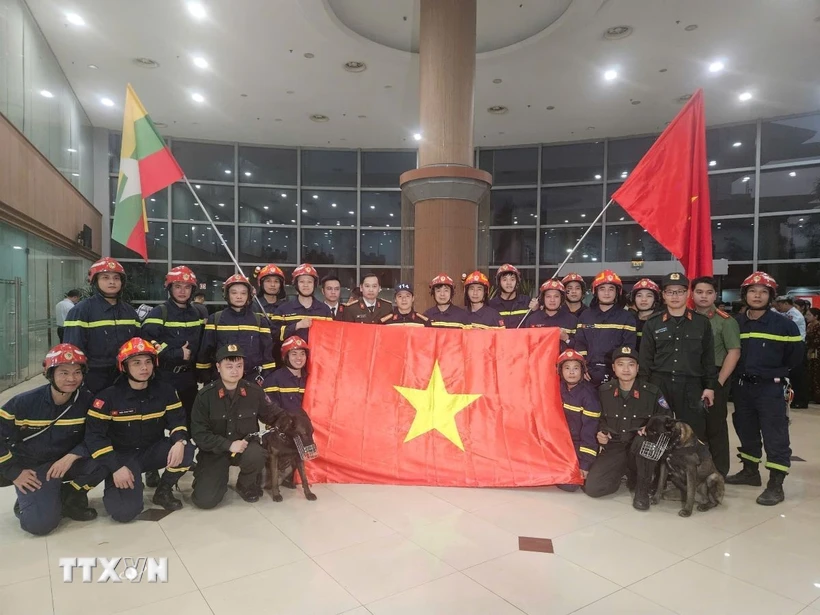



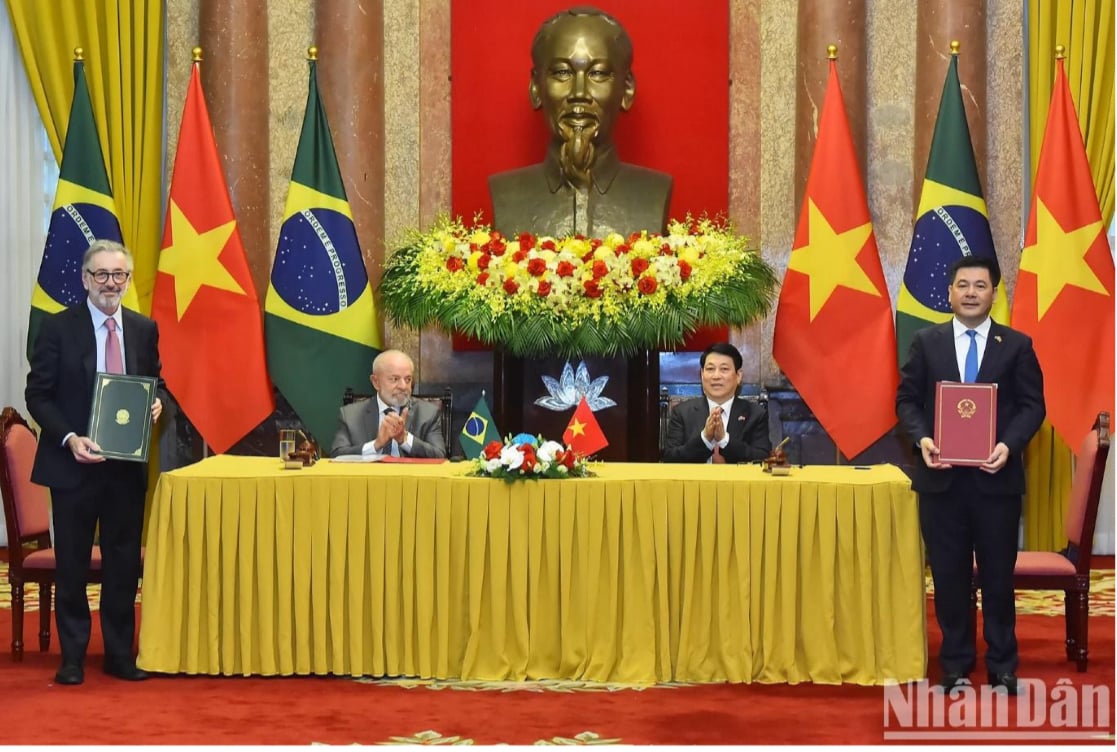




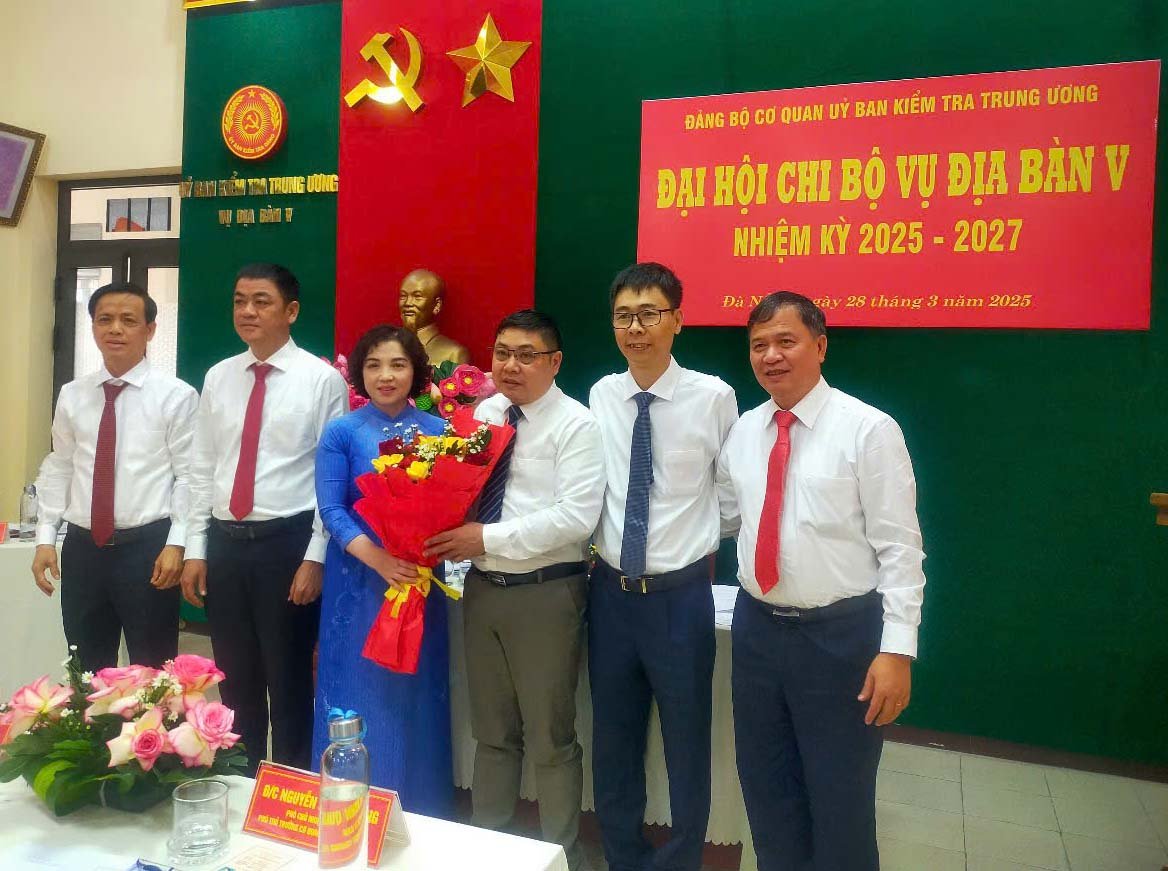

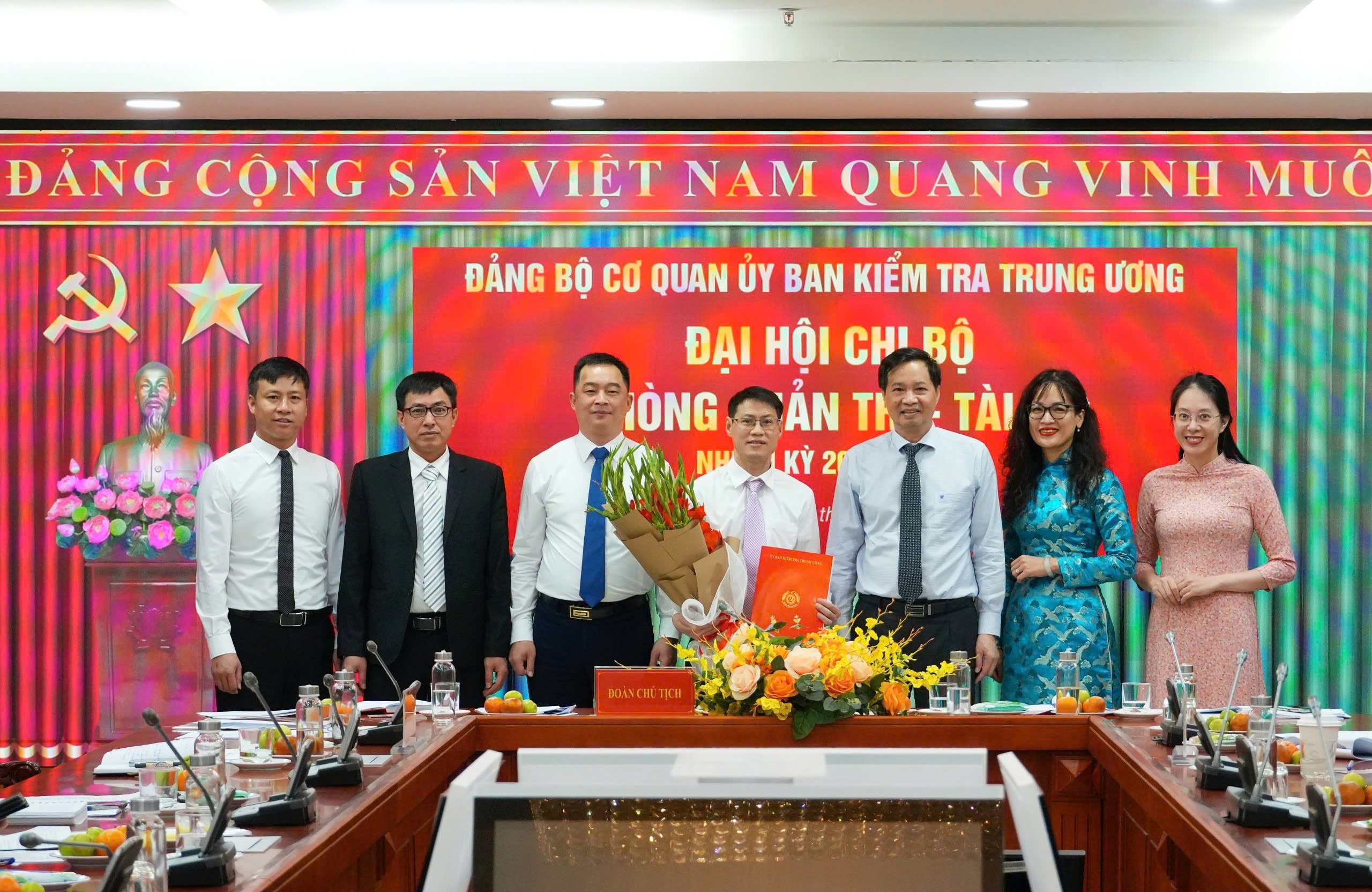






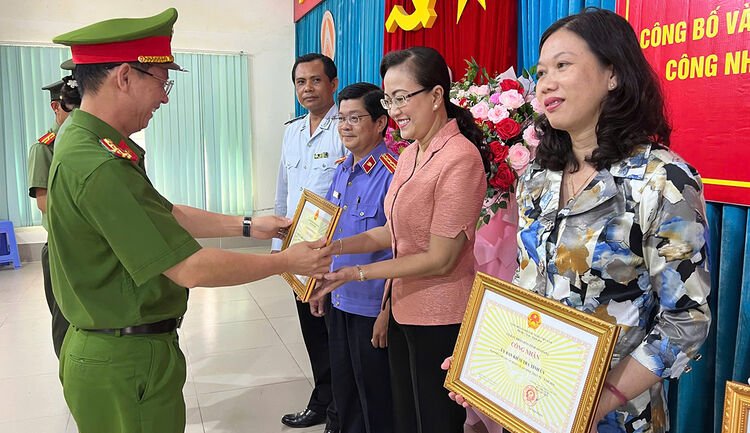
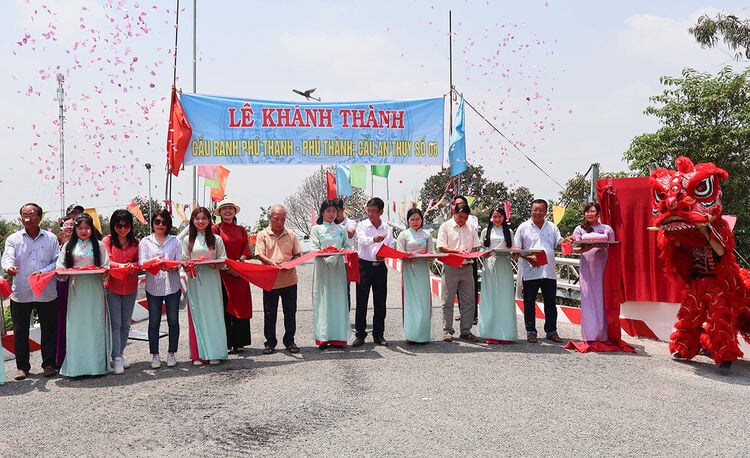
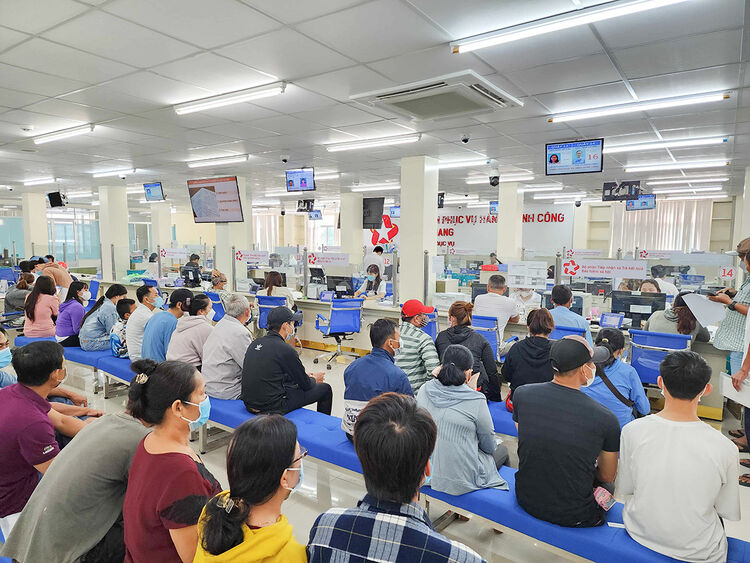




![[REVIEW OCOP] An Lanh Huong Vet Yen Cat](https://vstatic.vietnam.vn/vietnam/resource/IMAGE/2025/3/27/c25032328e9a47be9991d5be7c0cad8c)





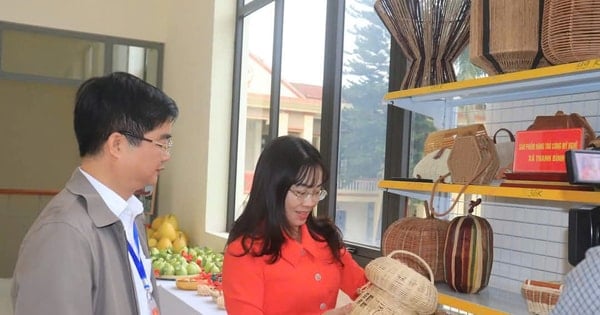
Comment (0)